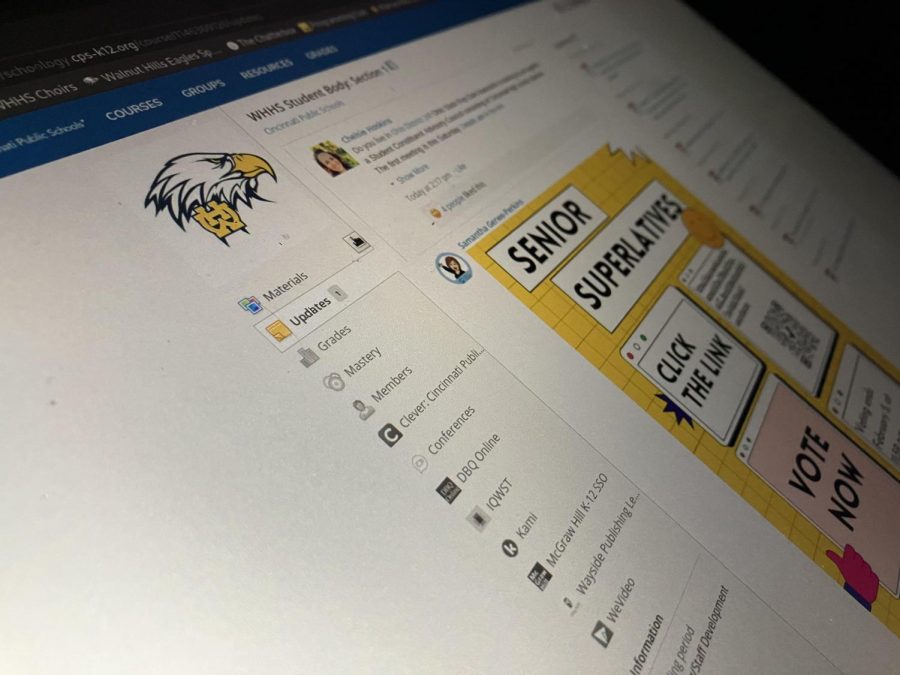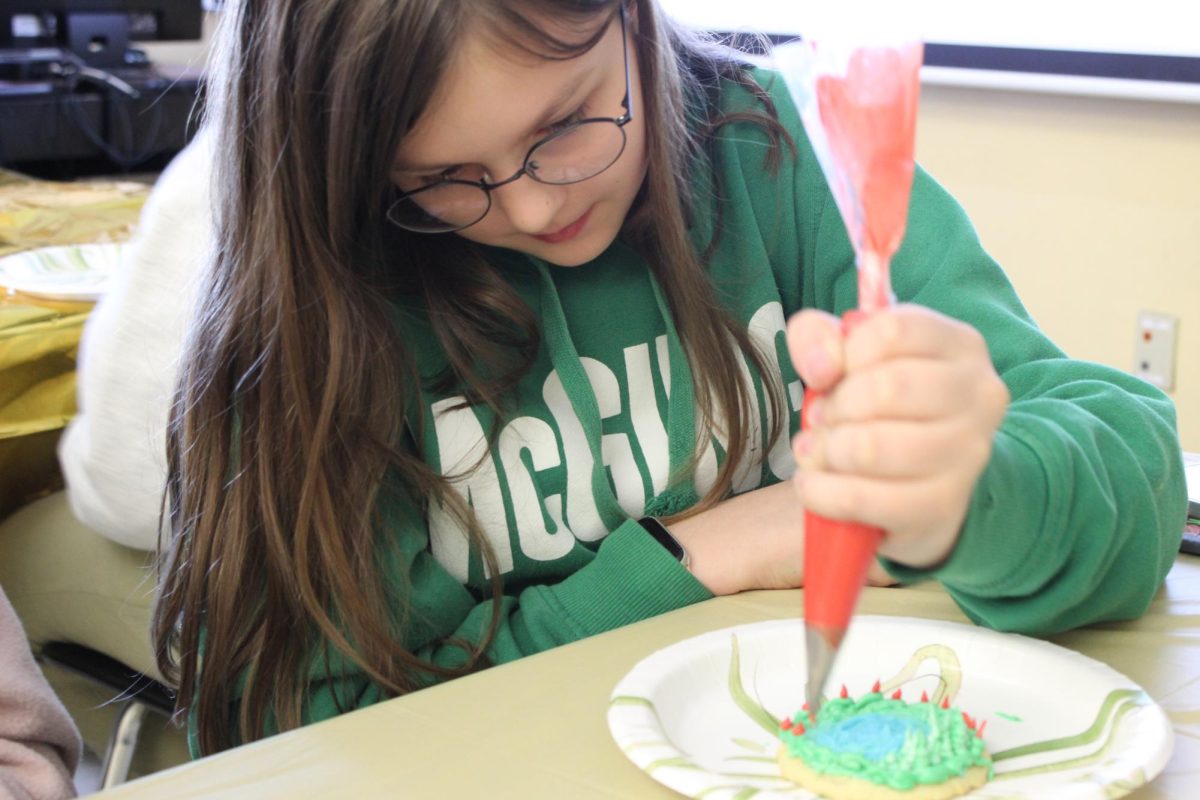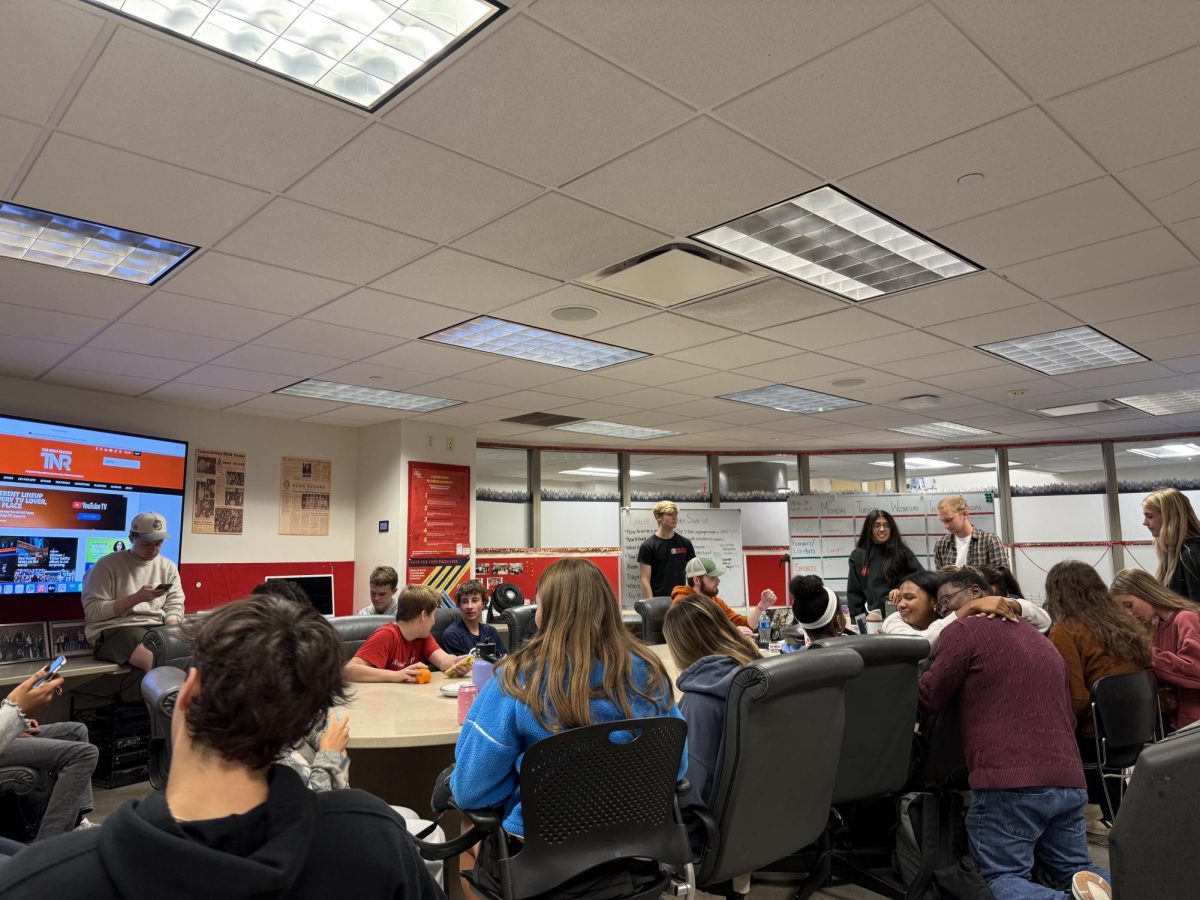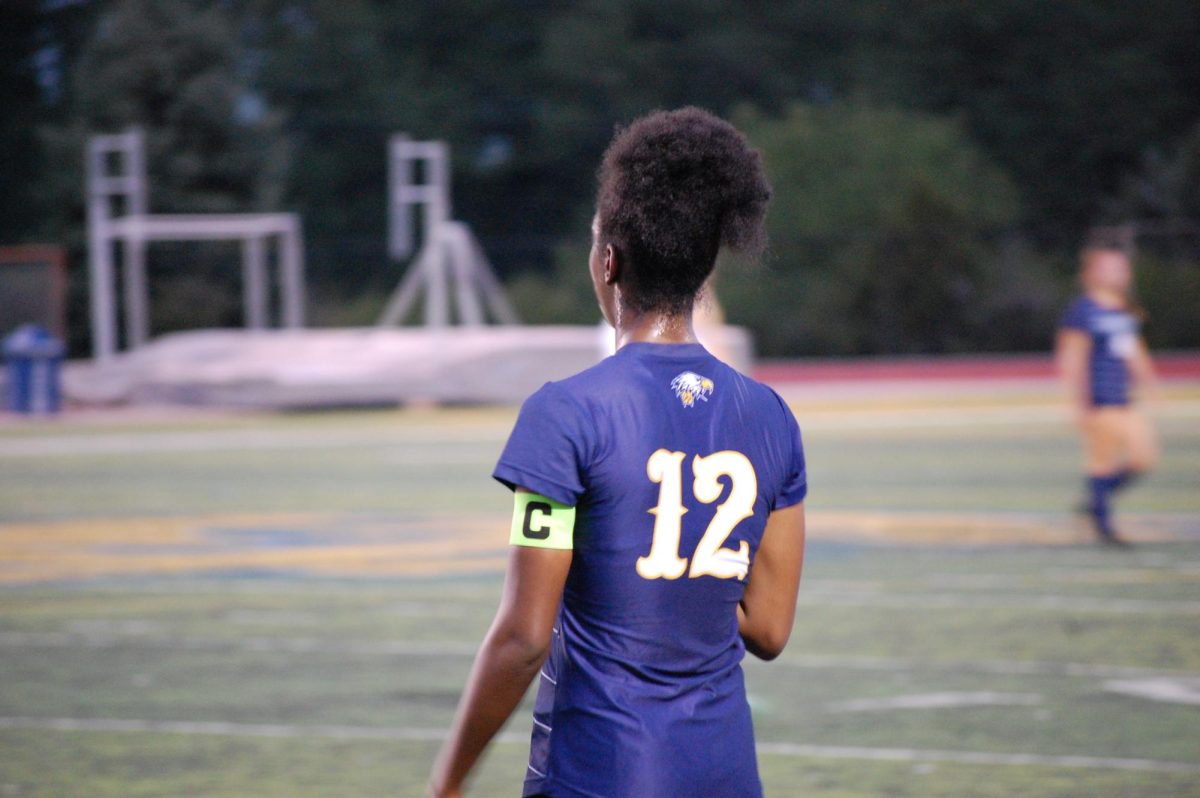Schoolstagram and TeachTok
what should our everyday online tools (not) look like?
Schoology is organized a little bit like a social network.
April 5, 2023
All views shared in the Opinions section of the Chatterbox belong to their respective authors, and may not represent the views of the publication as a whole.
CPS is choosing a replacement for PowerSchool and Schoology and presented the two new candidates in a video posted on the CPS website. I am unsure if platforms like these candidates, or even Schoology, can fit the needs of a school.
A school is a place where students not only receive their education but also where people have social interactions. Our experience during the COVID-19 pandemic showed us that social interactions work best if you see people face to face. Unfortunately, many platforms used by schools are designed like social networks, limiting parts of our social interactions to an online level.
There are people who want to be done with school at some point in the day or during weekends. Apps that frequently create school-based push notifications on their screens are not helping those people.
During the COVID-19 pandemic, we also had to experience the impact of online learning and how difficult learning with technology can be. Because of this, these systems shouldn’t be here to replace in-class learning, they should instead support in-class learning.
Sometimes, those platforms remind me a little bit of one of the first times I used Word. I tried out all the functions and tools I had: different text sizes, fonts, text colors, background colors of texts, all types of underlining, bold, and more. This variation can lead to platforms that are visually overloading and difficult to use due to the number of tools.
Just because something is digital, doesn’t automatically mean that it is better. Providing a place to draw with a mouse or touchpad is not helpful if it is easier to draw with a pencil on paper. Sometimes, old methods and ideas just work well enough.
Another problem is that some tools might be a good idea for an elementary student whereas other tools are necessary for high school students. As a sophomore, I am responsible enough that my parents don’t need to be notified about every homework grade, but a younger student may need such a system. A singular platform implemented for everybody could have problems supporting different needs of different ages.
I am also not convinced that providing statistics that show exactly how a student scored on each task in a quiz or an extreme analysis of a student’s performance helps more than a direct conversation with a teacher on how to improve performance issues.
Finally, I struggle to place all the data, from grades and school materials to conversations with my teachers, in the hands of one tech company. I never know what happens with my data afterward, or what I’m going to do if the platform is unavailable for a day.
I think it is a better idea to teach students how to actually manage their data and to recognize that technology is not able to replace everything – instead of just buying the license for another platform and hoping that this will improve our schools.
It is better to learn how to use technology responsibly instead of just trusting any tech solution.







